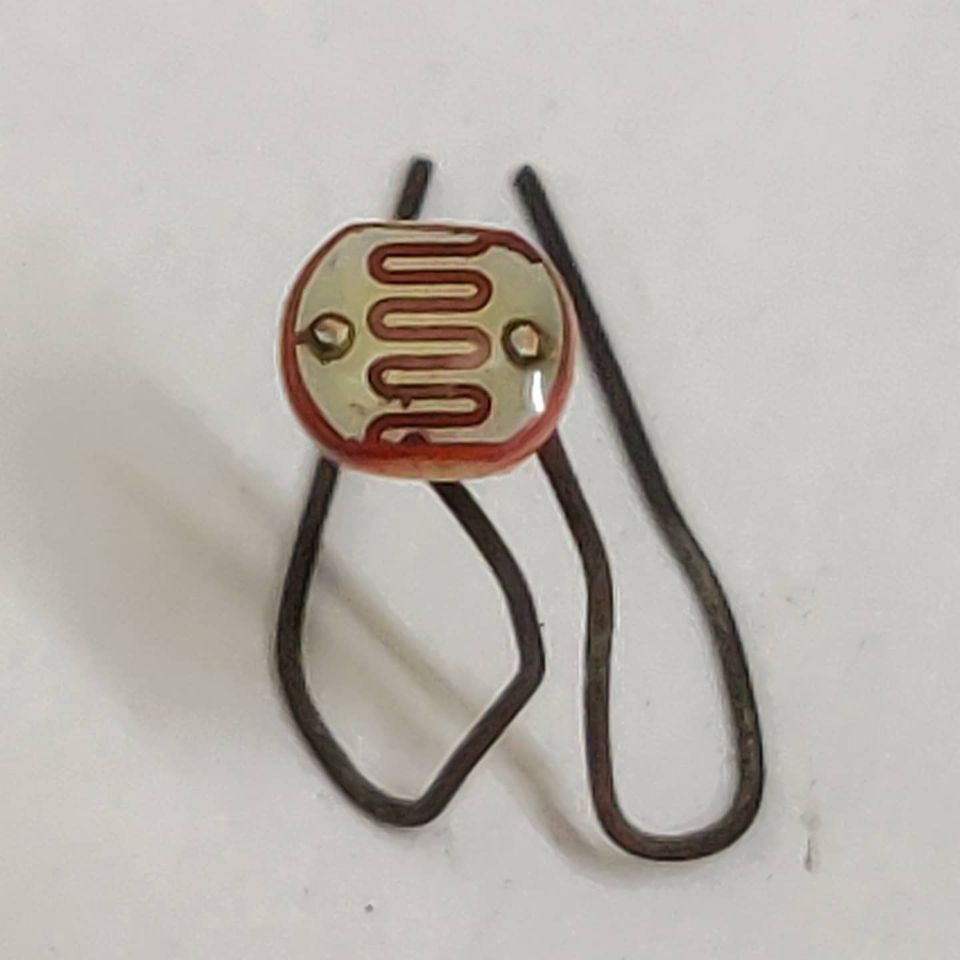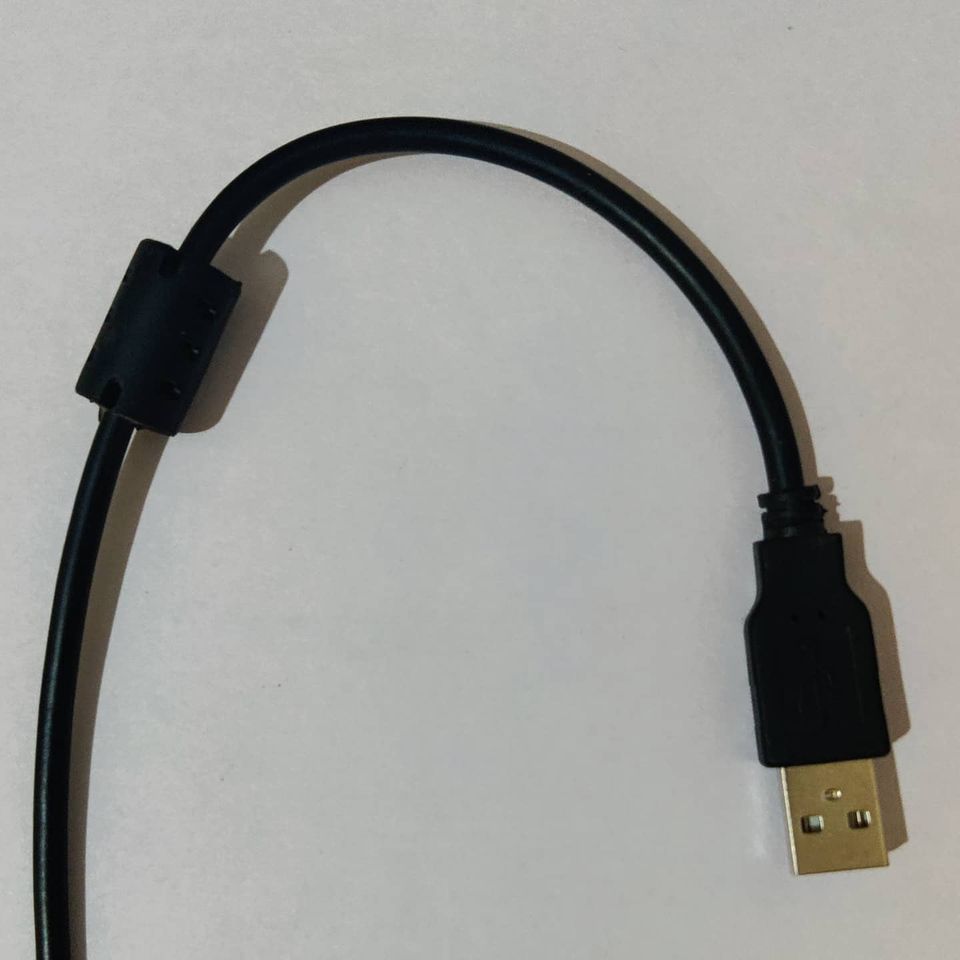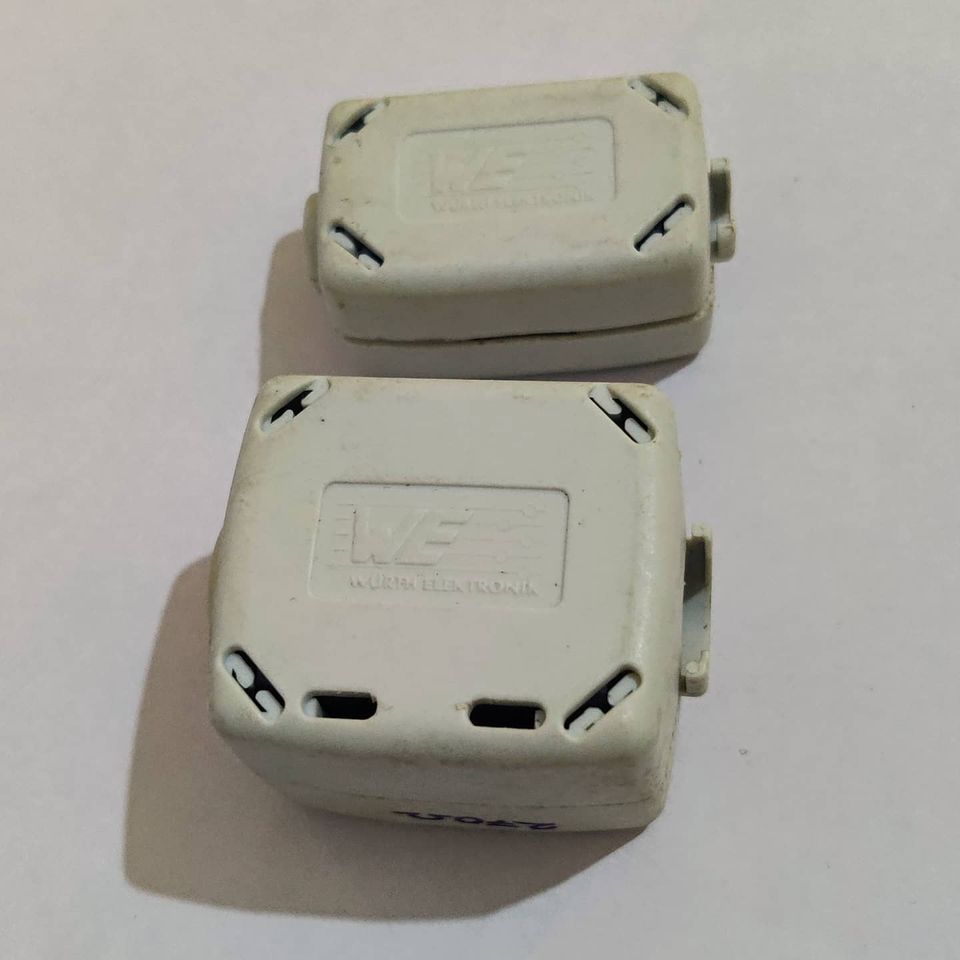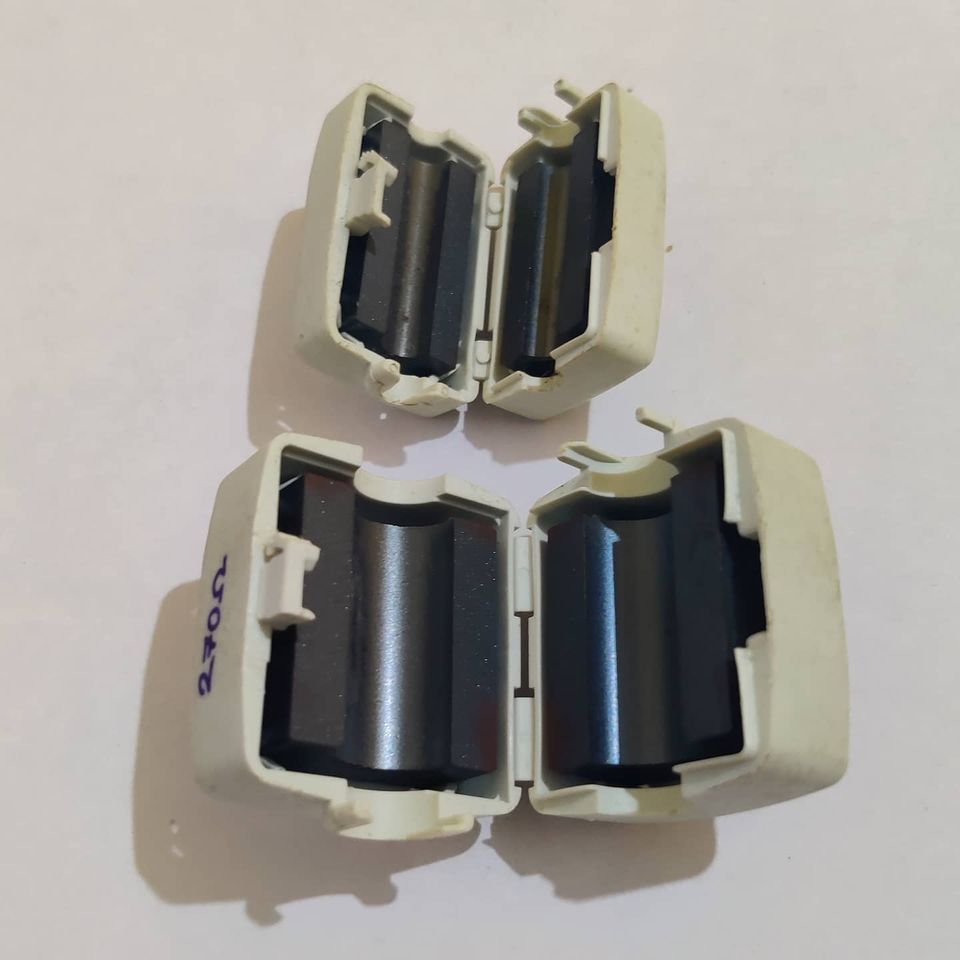


These are light-sensitive devices whose resistance decreases when more light falls on them. They usually have a resistance range specified based on the amount of light falling on the surface. Light Dependent Resistors(LDR) are usually made from cadmium sulfide(the squiggly line) with plated metal electrodes on both sides. It has a weird snake-like track of cadmium sulfide(CdS), to maximise the area of contact with the metal and also to increase the area of sensitive material exposed to light. When light falls on it, photons excite the electrons from the valence band to the conduction band which in turn can carry current(Hence the resistance drop). The CdS material is designed to sense light in the 400-700nm(Visible light) range.
They are very cheap and are used in a lot of devices that need to be triggered whenever there is a change in light irradiation. They come in different size diameters and are epoxy coated. Larger the diameter, the better its resistance variation to small changes in light intensity.


